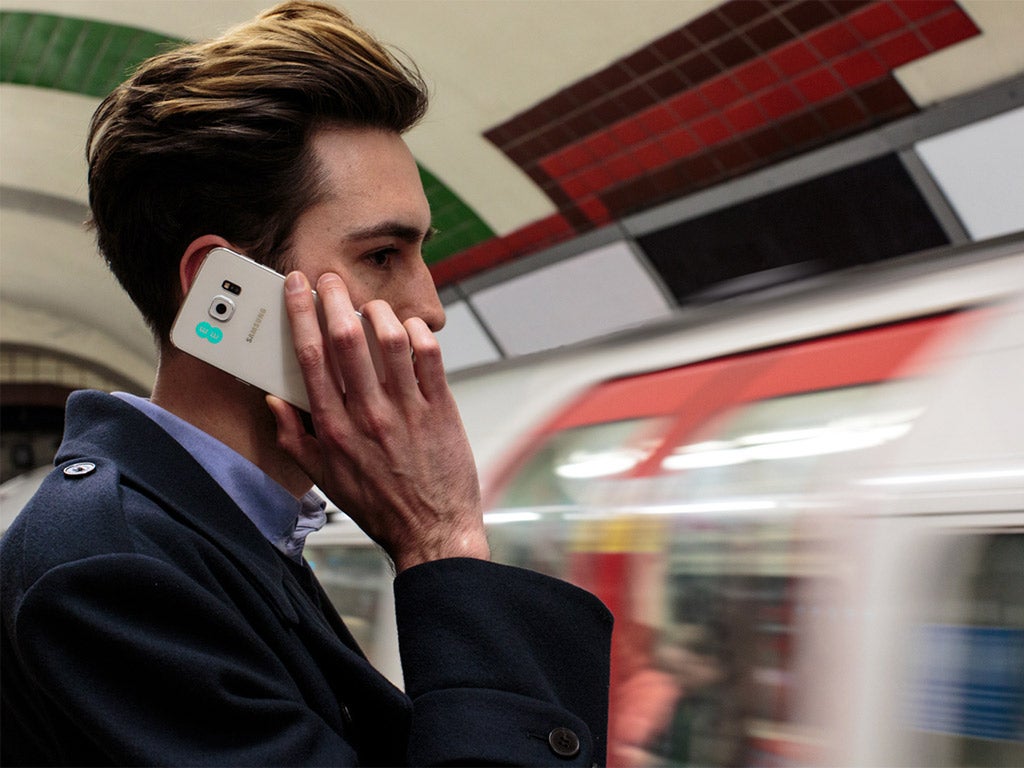EE WiFi Calling: New service will allow customers to make calls across Wi-fi networks
It's something that apps have facilitated for some time - but the difference with EE's service is that you don't have to think about it, says Rhodri Marsden

Your support helps us to tell the story
From reproductive rights to climate change to Big Tech, The Independent is on the ground when the story is developing. Whether it's investigating the financials of Elon Musk's pro-Trump PAC or producing our latest documentary, 'The A Word', which shines a light on the American women fighting for reproductive rights, we know how important it is to parse out the facts from the messaging.
At such a critical moment in US history, we need reporters on the ground. Your donation allows us to keep sending journalists to speak to both sides of the story.
The Independent is trusted by Americans across the entire political spectrum. And unlike many other quality news outlets, we choose not to lock Americans out of our reporting and analysis with paywalls. We believe quality journalism should be available to everyone, paid for by those who can afford it.
Your support makes all the difference.My friend Keith lives in a built-up area of London, about a 25-minute walk from the towering blocks of the Square Mile. His flat is on the second floor of an old, recently converted school building, and I've no idea what kind of impenetrable material the walls are made of, but it's almost impossible to have a mobile-phone conversation with him. Our chats suffer from so many random dropouts and silences that keeping track of each other's sentences is like a guessing game and a jigsaw puzzle rolled into one.
Things do improve marginally if he stands on a chair, but who – aside from people hanging out at Speakers' Corner – wants to stand on a chair to make themselves heard?
People living in remote rural areas will sneer at the very idea of Londoners moaning about their experience of dead zones. "We're lucky to get a signal at all!" they will cry, as they drive around the corner or scamper up the nearest hill to make a call. Help, however, is at hand. Tomorrow, the EE network is introducing a service that gives us the astounding ability to make calls from our mobiles across Wi-fi networks – and yes, that's something that Skype, Viber, O2's TU Go, Three's In Touch and many other apps have facilitated for quite some time.
The difference with EE WiFi Calling is that you don't have to think about it. You don't need to launch an app, keep a separate account topped up with funds, create a new contacts book or make special efforts to check for missed calls and messages. This service is baked into the phone; if your reception is poor but your phone is connected to a Wi-fi network, incoming and outgoing calls and messages will automatically be routed via Wi-fi.
Faced with a demanding customer base who appreciate anything that means less faffing about, you wonder why the networks didn't have the idea a lot sooner. But they did. The announcement from EE was met with incredulity from some former customers of Orange – now subsumed within EE – who for years were using a "Signal Boost" service that did exactly the same thing.
Long since discontinued for new customers, the service was a godsend for basement office workers and remote cottage dwellers, but its quiet demise left its subscribers hanging on for dear life to the ancient handsets that allowed it to work, such as the Blackberry Curve 8900.
Signal Boost, and a similar offering from BT called Fusion, were great ideas ultimately stymied by hardware issues. Not enough handsets supported the technology that the services were using.
As it stands, not many handsets support EE's WiFi Calling feature either; it's currently restricted to the Samsung Galaxy 6, the S6 Edge and the Microsoft Lumia 640. But it is expanding; newer smartphones (including the iPhone 5 and 6) are built to handle it, and support for those will follow later this summer. It represents a painfully slow rollout of an idea that benefits so many – but as we know, customer benefits and corporate priorities don't always align.
It's not surprising that EE's service won't work abroad (thus preserving its roaming revenues) and while the technology is theoretically available to all networks, O2 and Three are reported to be sticking with their app-based solution for the time being. But fingers crossed; we may be approaching a time where we never have to hear someone say "Hello? H–… Hello, sorry, receptio–… really bad" ever again.
Join our commenting forum
Join thought-provoking conversations, follow other Independent readers and see their replies
Comments